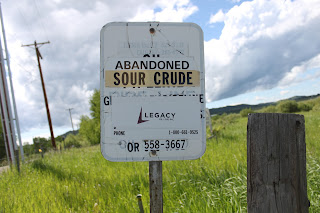Celiac Disease and Glyphosate Exposure May Be Linked
B. McPherson
Is glyphosate on your food slowly poisoning you?
Over the past decade many people have discovered that they
are intolerant to the protein gluten. Gluten found in wheat, barley and rye that
are staples in many western based diets. It seems as if an epidemic of gluten
intolerance has broken out. Some people have mused that people are using the
gluten intolerance as the latest fad. But these people really are sick.
The question arises as to whether there are more sick people
or better diagnosis of symptoms. Maybe a bit of both.
Now a troubling new paper published online by Interdisciplinary Toxicology draws
possible connections between trace amounts of glyphosate in the gut and gluten
intolerance, a condition that now affects about 5% of the N. American and
European population.
Scientists have had glyphosate on their radar for a while
now, suspecting it of causing birth defects and cancers. While it is not
particularly toxic to humans, small amounts over time can take their toll.
Research on this popular herbicide, originally marketed as Monsanto’s Roundup,
has shown the following.
Glyphosate, patented as an antimicrobial (Monsanto Technology LLC, 2010), has been shown to disrupt gut bacteria in animals, preferentially killing beneficial forms and causing an overgrowth of pathogens. Interdisciplinary Toxicology
Why do we care about glyphosate killing bacteria? Our guts
are full of them. Many of the varieties are essential to maintaining our
health.
Research done by Anthony Samsel and Stephanie Seneff using
carnivourous fish exposed to glyphosate found enzyme disruptions in their
digestive tracts. The enzymes disrupted were similar to those affected in those
with gluten intolerance. Mineral deficiencies in sufferers may be explained by
the ability of glyphosate to chelate, or grab, minerals and lock them away from
the body.
The herbicide Roundup and others containing glyphosate under
other brand names is the most popular weed killer in N. America. Millions of
tonnes are spread annually on both food and forage crops. It is not just the GM
plants that are dosed with this poison. Domestic use on crops can be used to
kill off leaves and ensure easier harvesting. Domestic use is widespread on
lawns and golf courses.
To read the peer reviewed paper and check their references
go to Right to Know
Other Information Sources:
Scientific American

Comments
Post a Comment